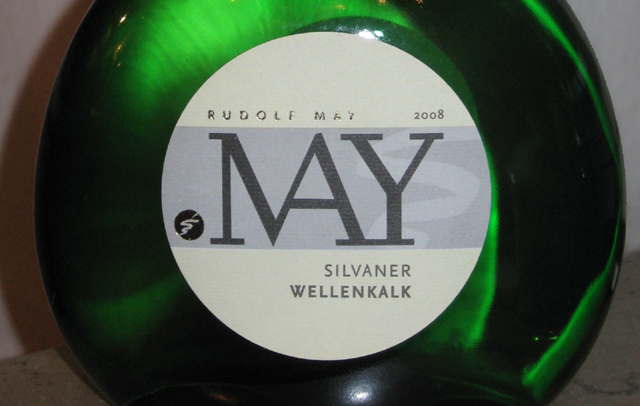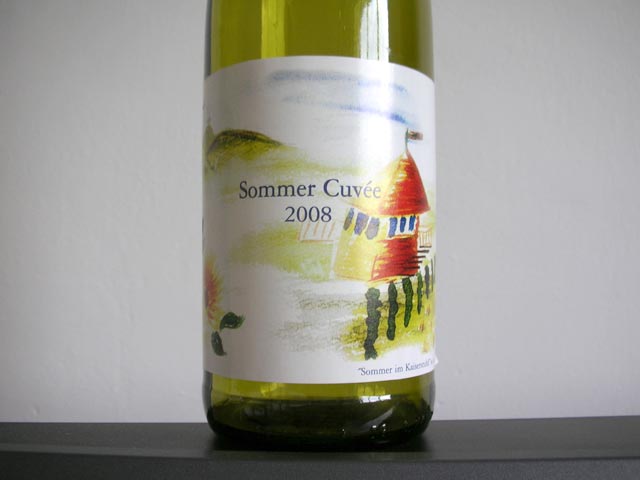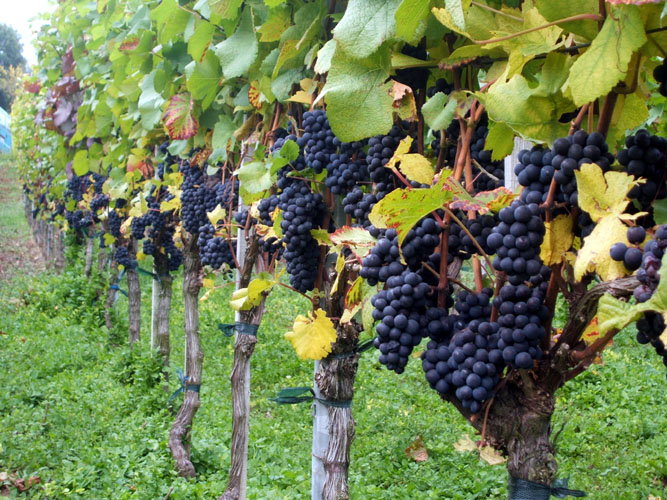Chapel Down, English Rose, 2008
When the Wine Rambler committee assembles in Munich, we often send two evenly matched wines into a blind tasting battle. Last weekend was no exception and two formidable contestants were preparing themselves for the main event. To get us in the right mood for this epic battle, a good supporting act was needed. So I brought along a mystery wine. It was pretty obvious that the properly wrapped wine was a rosé, but little did my co-ramblers know that it was from the County of Kent. However, I too was in for a surprise - little did I know that this support-act blind tasting would turn into a triumph for English wine (to be followed by a defeat for German winemaking, but that is another story).









